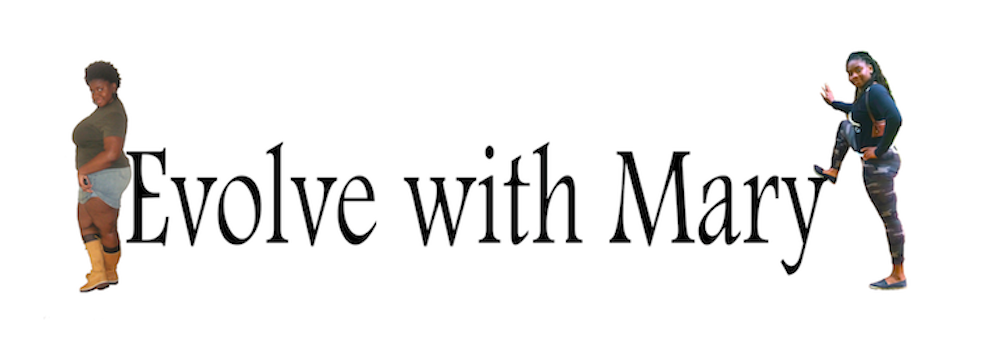Hello

Former fat chick that loves to cook, exercise, craft and make people smile. Have fun poking around
Eat Seasonally

Search This Blog
Blog Archive
-
▼
2013
(205)
-
▼
September
(21)
- I Rocked Sausalito's 35th Annual Chili Cook-Off
- Are you Ready for some Chili and a Fox
- Life Hacks
- Feeding My Belly + Fitness Tips
- My First Pizza & Eliminating Recess
- All-Star Breakfasts
- Weekend Adventures, Skinny Jeans, & Blending vs Ju...
- Web Desiging and Healthy + Unhealthy Eating
- Crafts day!
- Coding and Ankle Weights
- Vail, losers, and New Beginnings
- Happy Friday
- Spinning and Winning, Wedding in Vail, and Sweatin...
- Tab Benoit and Tips to Improve your Water Intake
- The facts about fat, and a Hearty Winter Soup
- Stomping out Acne from the Inside out
- Happy Friday, cooking chili for 700 people, Footba...
- Healthy Snacking and Medicine Ball Abdominals
- Smoothies, Handstand workouts, and Exterminators
- Labor Day Weekend and a Chili Cook-Off
- Happy Labor Day!!
-
▼
September
(21)
Popular Posts
-
Hi Friends Yesterday turned into a pretty good day. I didn't feel well, yet I was still highly productive. I ended up giving up on my wo...
-
Ab-dom-inal Mondays!!! Ab-dom-inal Mondays!!! 6 pack by sum-mer !!! 6 pack by sum-mer !!! Happy Monday my friends! Abs. A...
-
Hi Friends, Sorry I've been MIA for a day or two, I'm in Miami hanging out with good friends, making memories while bringing in the ...
-
Hi Friends, I went to yoga today, wooohooo , my favorite teacher taught class, it was magnificent! Lots of pulling, stretching and sweatin...
-
Casper is a new sleep company that's launching this spring with an outrageously comfortable mattress! They contacted me about their ne...





















